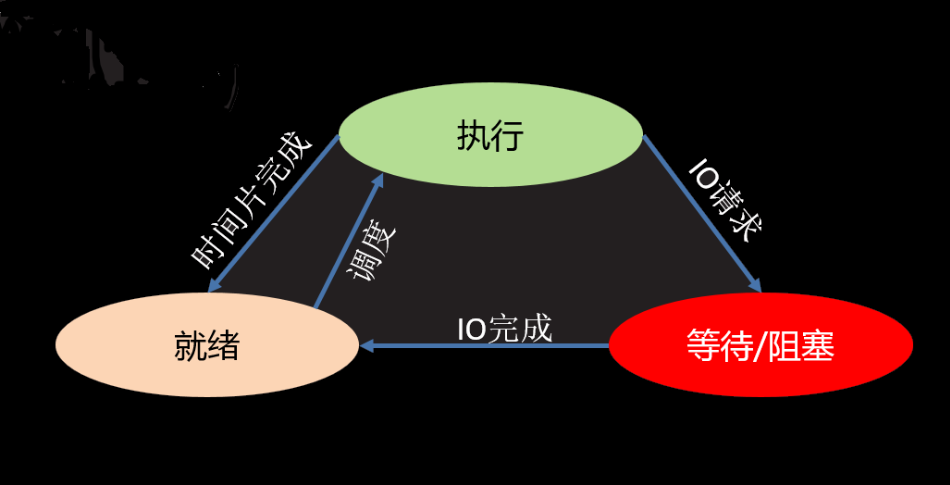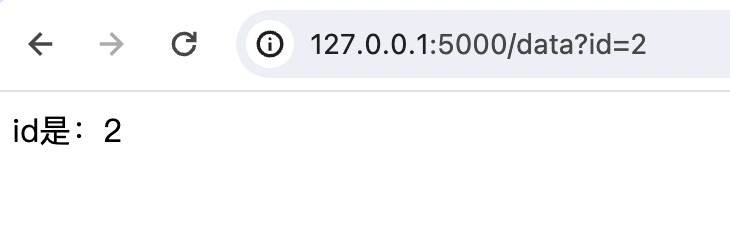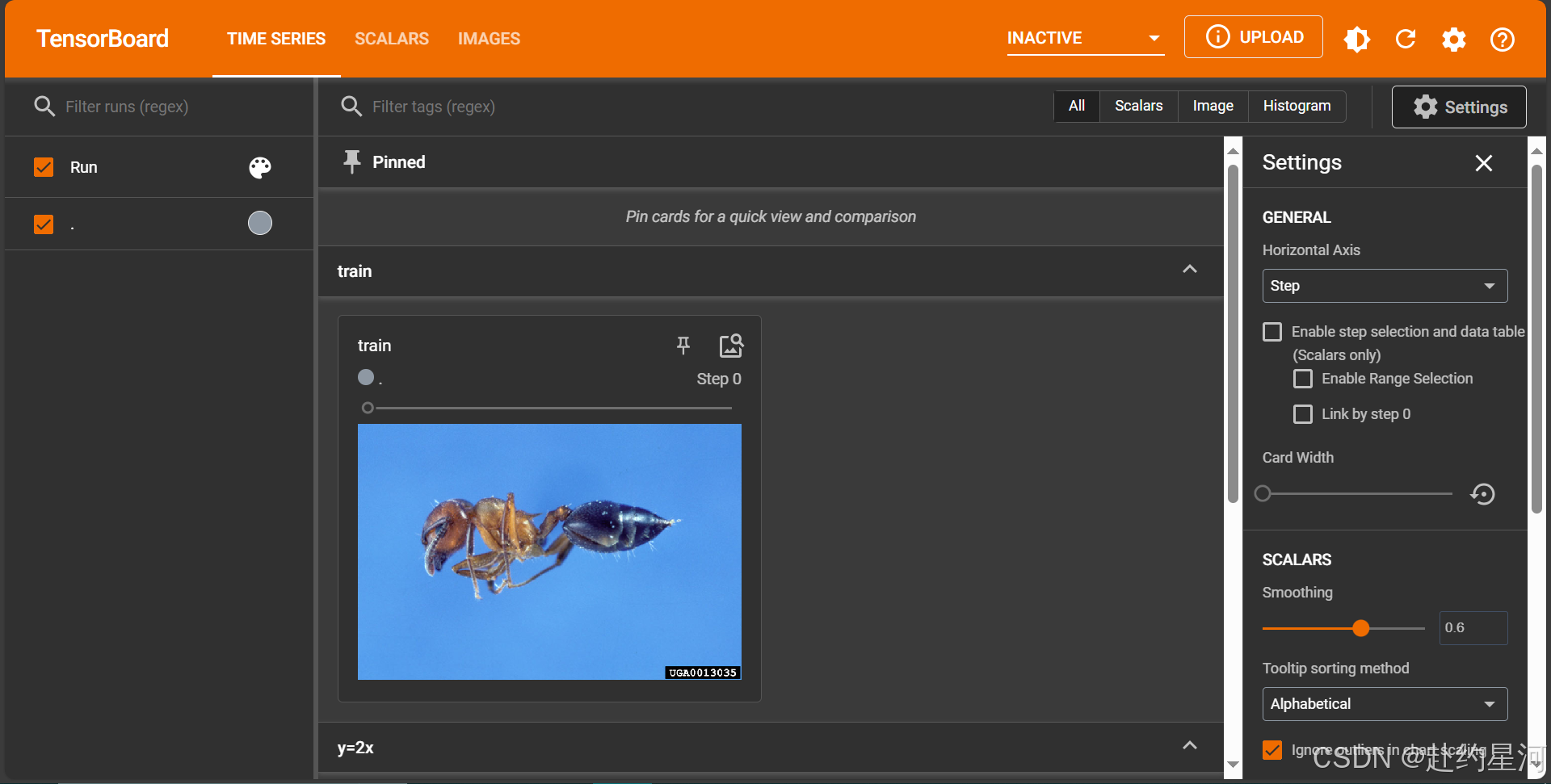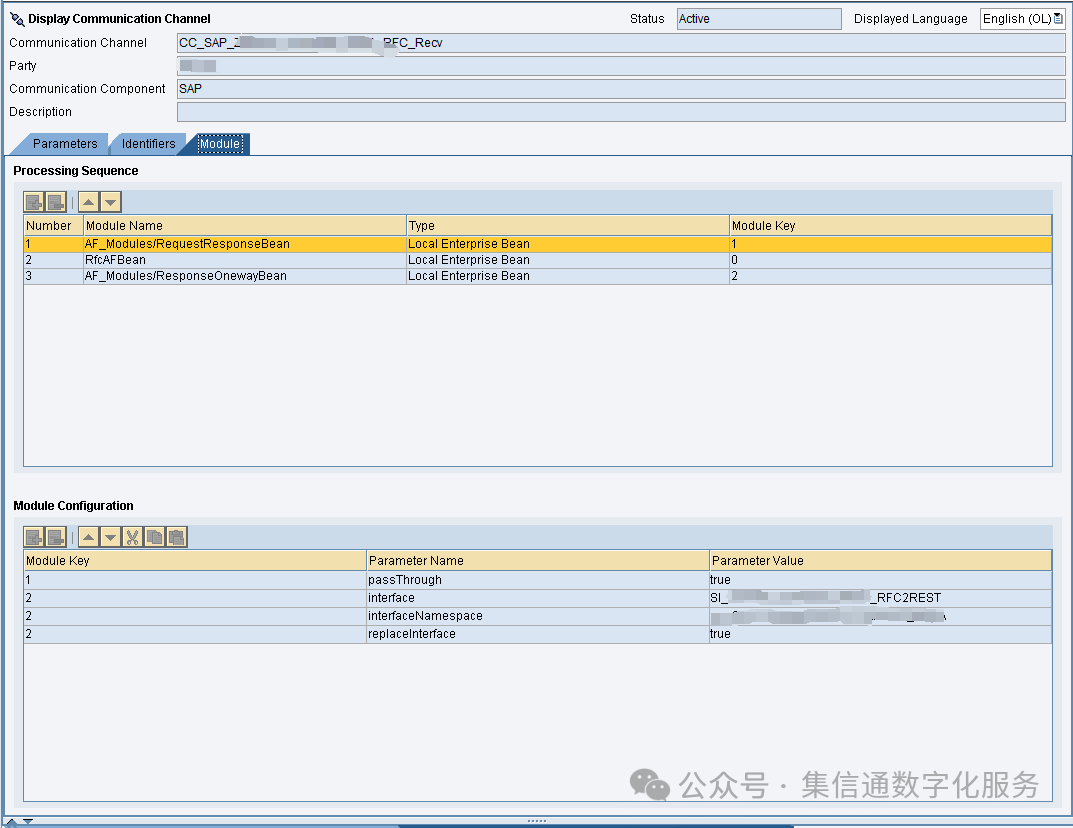批量插入:
sql 批量插入:
INSERT INTO users(name, age) VALUES ('Tom', 20), ('Jerry', 22), ('Bob', 19); -- 该方式 适合 500条以内。
多线程插入批量插入,能够大幅提升插入速度。
经过测试:系统性能,8核16G 插入10w条数据。
| 性能测试 | 50个线程 | 100个线程 |
|---|---|---|
| 一次插入100条 | 32402ms | 27261ms |
| 一次插入500条 | 32712ms | 27916ms |
| 一次插入1000条 | 44174ms | 30129ms |
总结:批量插入,多线程具有优势(根据cpu和磁盘读写能力 ),数据量控制在100-500 之间
//插入核心代码如下
@GetMapping(value = "add")
public void add(int thread,int insert,int batch) {
if(batch>0)COUNT = batch;
executor = Executors.newFixedThreadPool(thread);
finish = 0;
startTime = System.currentTimeMillis();
int mj = insert/COUNT;
for (int i = 0; i < mj; i++) {
insert(COUNT);
}
if(insert%COUNT>0){
insert(insert%COUNT);
}
}
public void insert(int count) {
executor.submit(() -> {
List<Object[]> users = new ArrayList<>();
Random random = new Random();
for (int i = 0; i < count; i++) {
Object[] a = new Object[5];
a[name] = getMin(random);
a[age] = i % 10 + 20;
a[phone] = 13000000000L + (random.nextLong() % 100000000L);
a[profession] = professions[random.nextInt(professions.length - 1)];
a[mark] = marks[random.nextInt(marks.length - 1)];
users.add(a);
}
int[] ints = jdbcTemplate.batchUpdate("insert into users (name,age,phone,profession,mark) values(?,?,?,?,?)", users);
long temp = System.currentTimeMillis()-startTime;
System.out.println("线程"+(finish++)+"完成时间:"+temp);
});
}
load 插入
几万几百万:
下面的方式 是通过文件加载进入数据库。
文件放到 D:/users.sql 中。liunx 就输入 liunx 文件目录。 你的sql 在哪里执行,文件就在那个服务器上。
格式如下:
1,Tom,20 -- 数据的顺序要和的表 属性顺序一致
2,Jerry,22
3,Bob,19
load data local infile 'D:/users.sql' into table user_test fields terminated by ',' lines terminated by '\n';
-- fields terminated by ',' 表示 属性和属性之间用 ‘,’ 分割。
-- lines terminated by '\n' 表示 数据行用 ‘换行’ 分割。
innDB 在存储数据时 ,是分区域分页分行存储的。为啥查询速度快,数据会更具id的大小进行顺序存储,当数据插入数据的id是uuid时,就会导致乱序插入,频发触发存储地址的整理,导致插入效率变低。

主键设计原则
1、满足业务需求的情况下,尽量降低主键的长度,可以节省磁盘读写速度。
2、插入数据时,尽量选择顺序插入,选择使用AUTO_INCREMENT自增主键,。
3、尽量不要使用UUID做主键或者是其他自然主键,如身份证号。
4、业务操作时,避免对主键的修改。
order by 优化:
--例子一
create index idx_age_phone on users(age,phone); --创建索引
-- 查询的数据要和索引一致,否则无效 order by 的参数属性也有和创建的顺序一致,否则只能生效第一个
EXPLAIN select id,phone,age from users order by age,phone
--例子二 ASC和DESC 排序也要一致。(mysql8.0以前,不支持ASC 和DESC )
create index idx_age_phone on users(age ASC,phone DESC)
EXPLAIN select id,age,phone from users ORDER BY age asc,phone desc
group by 优化
-- 创建索引,联合与否,看你需求
create index idx_profession_age on users(profession,age)
-- 注意,索引的顺序和你的用法要一直,否则无效
EXPLAIN select profession,age,count(*) num from users group by profession,age;
limit 优化(分页优化)
select * from users limit 1000000,10; -- 150w条数据 耗时 11.271s
-- 用主键id去分页,然后再通过id去查询对应的数据。 这里in不支持。
select u.* from users u, (select id from users limit 1100000,10) d where u.id = d.id; --50w条数据 耗时3.694
count() 优化。
select count(*) from users --目前innoDb 没有特殊的手段,如需优化,可以通过缓存或者自己计数的方式。
update 优化:
create index idx_name on users(name) --创建索引
begin;
update users set mark='xxx' where name ='张三' --因为有索引,所以本次修改为行锁,否则就表锁
commit;


















